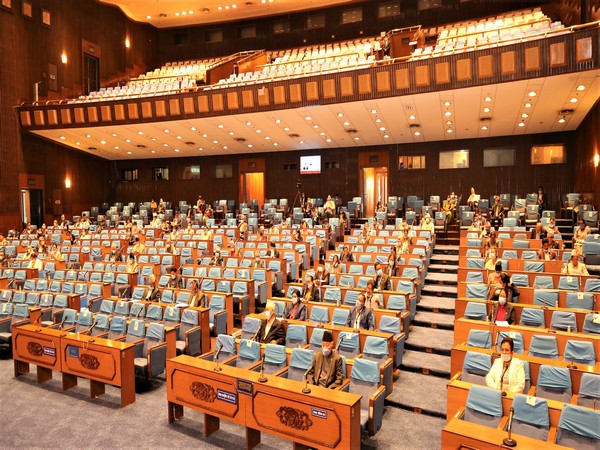Amid the skyrocketing COVID-19 cases in Nepal, the country President Bidhya Devi Bhandari dissolved the parliament on Friday midnight and ordered fresh polls in six months. Another political turmoil has taken over in Nepal that led the President to deny the claims of both the ruling and opposition parties to form the government.
As per the presidential statement, neither the caretaker Prime Minister KP Sharma Oli, nor opposition leader Sher Bahadur Deuba were able to demonstrate a majority in the parliament to form a new government by the Friday deadline which was earlier set by President Bidhya Devi Bhandari. Apart from this, it was also announced that the two-phases mid-term elections will be held on November 12 and 19.
Interestingly, Bhandari’s announcement of the dissolution of the parliament was made on the recommendation of the Cabinet headed by caretaker Prime Minister KP Sharma Oli. However, the statement issued by the Office of President clarified that the parliament was dissolved and dates of mid-term polls were announced in line with Article 76 (7) of the Constitution of Nepal.
Why the dissolution?
It was on May 13, when Oli was re-appointed as the Prime Minister as the opposition parties of Nepal, led by Nepali Congress leader Sher Bahadur Deuja were unable to prove their majority in the parliament through a coalition government.
The dissolution of the parliament comes after Oli’s claim to form the government had to be dropped by the President on legal advice. The opposition parties and dissidents from the Oli’s Communist Party of Nepal also warned that if the president violated the constitution and retained Oli on the position of Prime Minister, they would launch widespread protests throughout the country.
In a period of just five months, the House of Representatives in Nepal is dissolved for the second time. Earlier, Oli in December 2020 himself dissolved the House and called for snap elections, but on February 23, the Supreme Court of the country overturned his decision and called it unconstitutional.
The Political Drama:
In 2017, KP Sharma Oli of Nepal Communist Party (CPN-UML) took over as the Prime Minister of Nepal with a two-thirds majority in the parliament. Oli manufactured an electoral alliance with Pushpa ‘Prachanda’ Kamal Dahal’s party CPN (Maoist Centre) in order to secure power in the parliament and form a ruling government.
Both the leaders merged their parties to form a single Nepal Communist Party. Along with the merger of the two parties, Oli and Prachanda secretly planned to even share powers for an equal period of time (i.e., two-and-a-half years each). This agreement on power-sharing was although kept a secret for the initial months after the election win, but was later made public.
While everything was going in the right direction, Oli refused to hand over the leadership of the government to Prachanda after the completion of two-and-a-half years of his rule, however, he agreed to grant the executive powers of the party to Prachanda.
Surprisingly Prachanda agreed, but this agreement too didn’t last for too long because Oli continued to hold his power on the party as well and wasn’t ready to share power.
With the series of these dramatic events and Oli losing his hold among the party leaders, decided to dissolve the parliament on his own in December 2020, so that he could go for fresh elections, but Supreme Court overturned his decision by calling it unconstitutional.

